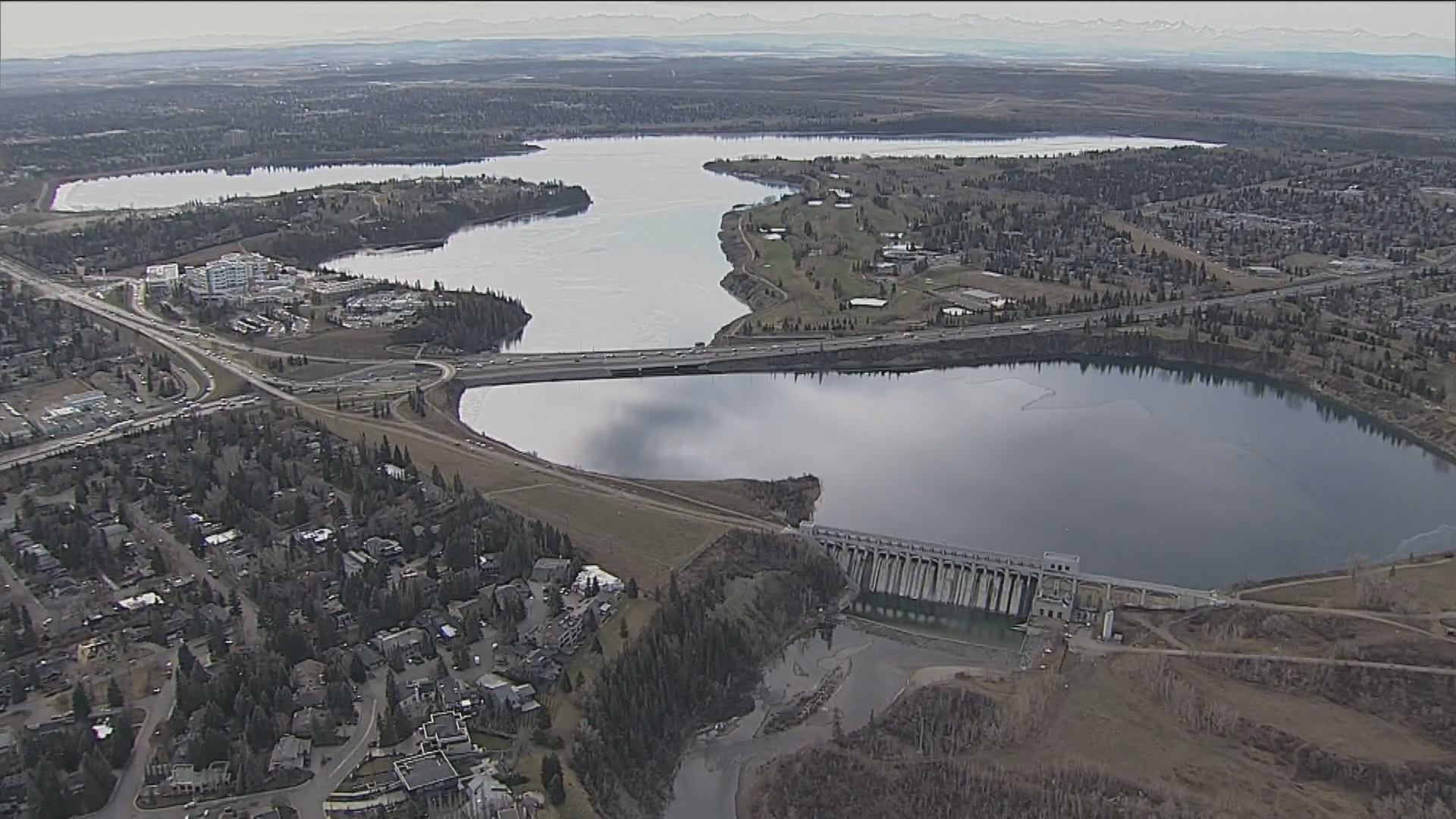New water restrictions the City of Calgary is expected to announce new restrictions on Tuesday which may lead to less watering of grass. However, Beryl Coombs of Spruce It Up Garden Centre believes that this doesn't mean giving up on having a nice lawn.
“We have been advocating for mulches and plants that can withstand drought for the past 10 to 15 years,” Coombs stated.
“I believe they will be implementing stricter regulations on watering. I have heard that the allotted time for watering may be reduced to two hours per week, but with better gardening practices, this should suffice for watering your garden, provided that you are careful about where you use the water.”
Coombs emphasizes that dealing with drought conditions is not new. It all comes down to selecting the right plants for your yard and using the appropriate tools.
“It's still important to water your lawn and trees adequately, with a slow and deep watering method so as not to waste water. Tree watering bags, soaker hoses, and using the right tools are key.”
The city has cautioned that persistent drought conditions will result in stricter and longer-lasting restrictions compared to last year.
Nicole Newton, manager of natural environment and adaption, points out that despite Calgary's population growing from just over a million in 2003 to an estimated 1.64 million now, the city currently uses the same amount of water as in 2003.
“In 2003, the city of Calgary used just over 500 litres per person per day. Over the past 20 years, we have managed to reduce this to about 350 litres per person per day.”
However, Dr. Kerry Black, an assistant professor and research chair at the University of Calgary, believes that we should have been making more progress earlier. The global target is for individuals to use only 200 litres of water per day.
“In many ways, we are late in taking necessary measures. We should have been reducing our water usage earlier. While water storage and intervention are important, we also need to consider our daily water usage.”
Black emphasizes the need for Canadians to be more mindful of water conservation methods.
“We are among the world's highest water consumers and it's time for us to reduce our water usage for various reasons. I believe we will soon see this happening in the Calgary area,” Black expressed.
“We follow the six-litre rule for water usage: six litres per minute for faucets, six litres per minute for showers, and six litres per flush for toilets. If you do the math, it adds up very quickly.”
Black also notes that only 80 percent of water is returned to the Bow River, which is insufficient. She suggests that water policies could be adjusted to better reflect conservation efforts.
“Do we really need to use clean drinking water to flush our toilets? The answer is no. There are alternative sources and ways to reuse the water that is being wasted and return it back into the system. The amount of money spent on treating water to drinking quality when it's not actually being used for drinking is concerning.”
Newton mentions that the City of Calgary is considering a new water efficiency plan. New targets will be proposed to the council next spring, and decisions will be made for long-term plans. There are measures the city can take to ensure the water supply, even as they hope for a snowy and rainy spring.
“We have several strategies ready to help us deal with the possibility of danger and not knowing what will happen.”



